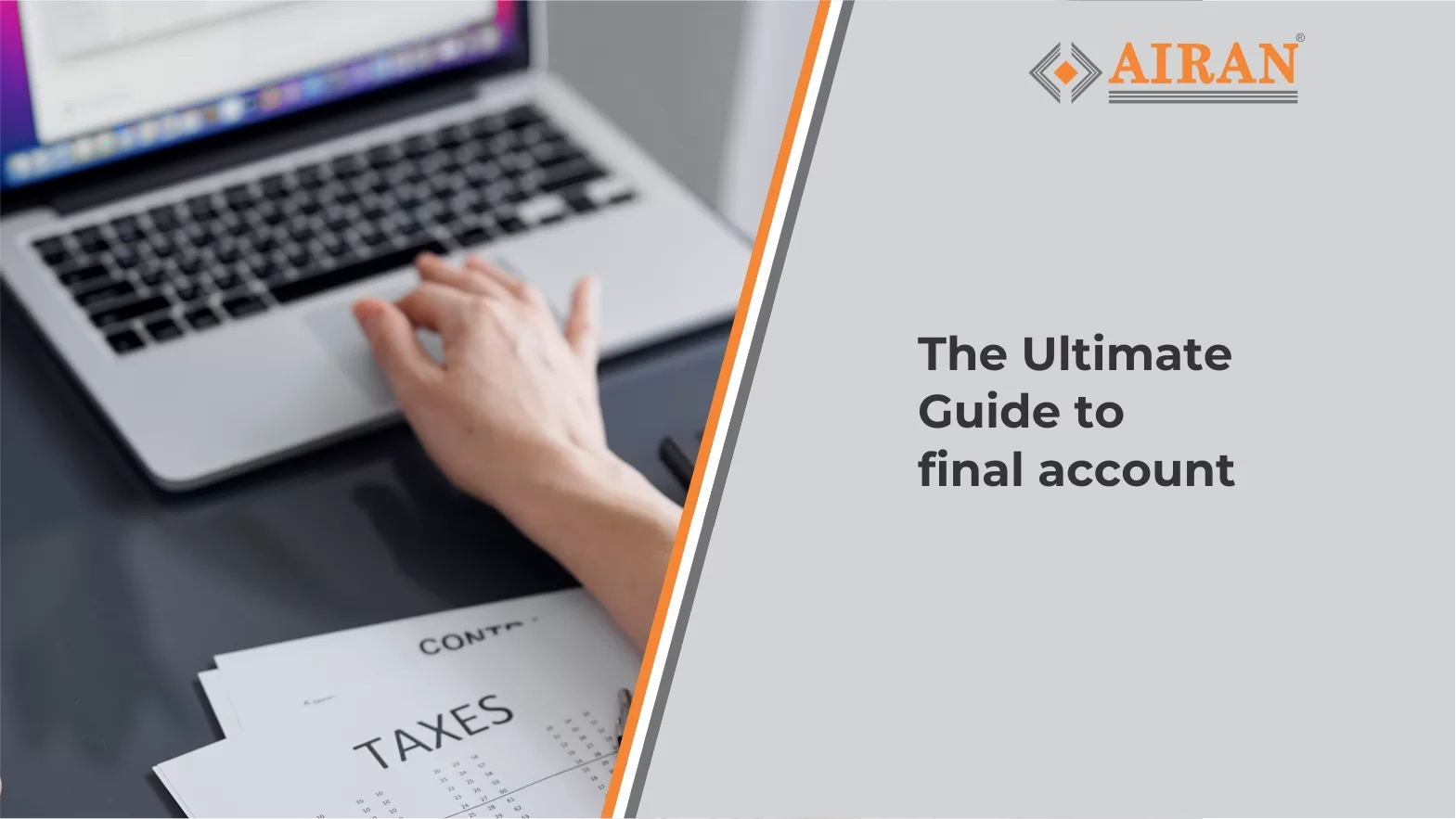The Ultimate Guide to final account
Final accounts are essential financial statements that provide a snapshot of a business’s financial performance during a specific period. They are prepared at the end of the financial year and include the balance sheet, income statement, and cash flow statement. Accessing these final account data is essential for any business owner, as it provides valuable insights into their business’s financial health. This blog will provide a step-by-step guide on accessing your final account data in Australia.
Step 1: Understand the financial year final account
The financial year in Australia runs from July 1st to June 30th of the following year. Final accounts are prepared at the end of this financial year, so it is essential to understand this period to access your final accounts data.
Step 2: Know your entity type in final account
In Australia, different types of entities exist, such as companies, sole traders, partnerships, and trusts. Each entity type has different accounting requirements, and it is essential to know what entity type you are to access your final accounts data. For example, companies must prepare financial statements according to the Australian Accounting Standards, whereas sole traders do not have to follow any specific accounting standards.
Step 3: Choose your accounting final account method
There are two accounting methods in Australia – cash accounting and accrual accounting. Cash accounting records transactions when cash is received or paid, whereas accrual accounting records transactions when they occur, regardless of when cash is received or paid. Choosing the accounting method that suits your business and using it consistently to access your final accounts data is essential.
Step 4: Keep accurate records
To access your final accounts data, keep accurate records of your business transactions. This includes keeping receipts, invoices, bank statements, and other relevant documents related to your business transactions. Accurate record-keeping is essential to ensure that your final accounts data is correct and reliable.
Step 5: Prepare your financial statements
Once you have kept accurate records of your business transactions, you need to prepare your financial statements. Financial statements are prepared using the information from your record-keeping, including the balance sheet, income statement, and cash flow statement. The balance sheet shows the financial position of your business at a specific point in time, the income statement shows the financial performance of your business during a specific period, and the cash flow statement shows the inflows and outflows of cash in your business during a specific period.
Step 6: Audit your financial statements
In Australia, companies must have their financial statements audited by a registered auditor. This ensures that your financial statements are accurate and comply with the Australian Accounting Standards. If you are not a company, you can have your financial statements audited by an external auditor to ensure their accuracy.
Step 7: Submit your financial statements to the relevant authorities
Once your financial statements have been prepared and audited (if necessary), you must submit them to the relevant authorities. Companies must submit their financial statements to the Australian Securities and Investments Commission (ASIC), whereas other entities must submit their financial statements to the Australian Taxation Office (ATO). The ATO may also require you to submit additional tax returns based on your financial statements.
Step 8: Access your final accounts data
Once you have submitted your financial statements to the relevant authorities, you can access your final accounts data. Companies can access their final accounts data through the ASIC Connect portal, whereas other entities can access their final accounts data through the ATO’s online services portal. You can view your final accounts data, including your balance sheet, income statement, and cash flow statement, to gain insights into the financial health of your business.
Conclusion
Accessing your final accounts data is crucial for decision-making and compliance. By following the steps outlined in this article, you can ensure that you have accurate and up-to-date financial information. Remember to keep accurate records, appoint an accountant if necessary, and review your final accounts data regularly to identify areas that require attention. By using your finalization of accounts data effectively, you can make informed decisions to help your business grow and succeed.




